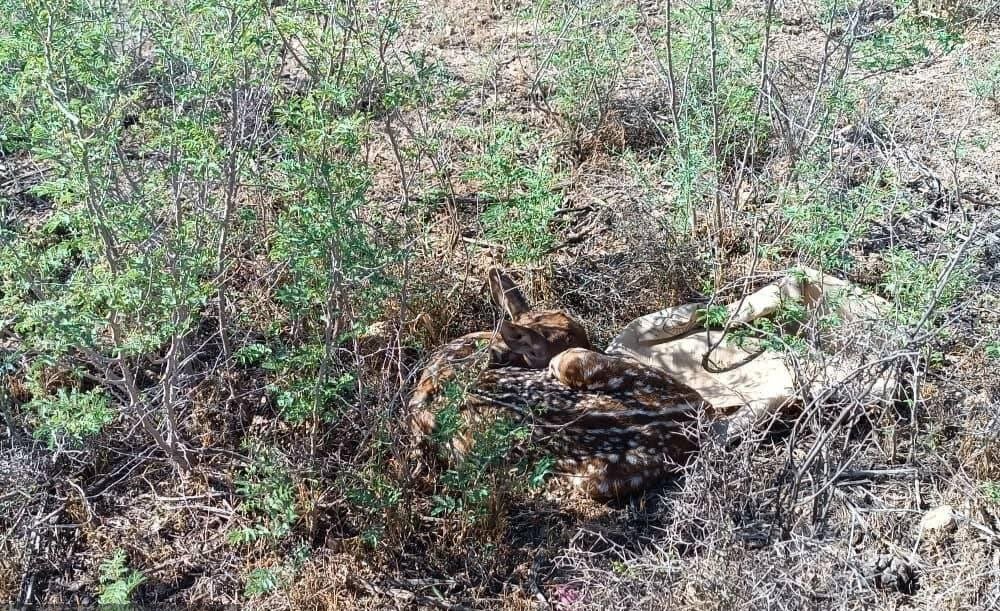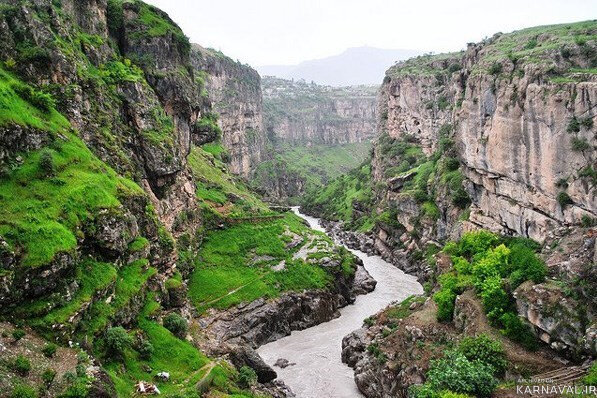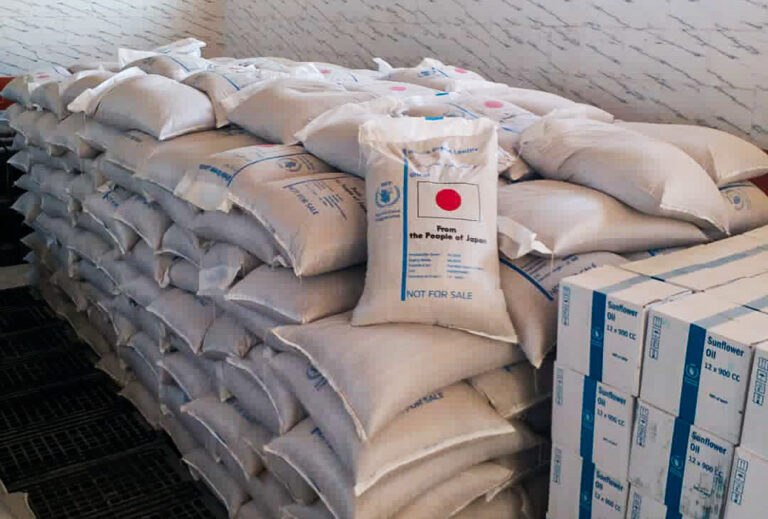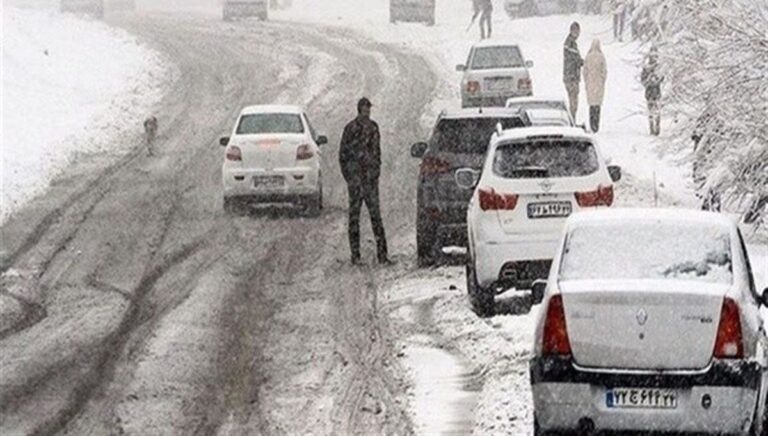Meet Karkheh’s First Adorable Yellow Deer of the Year!
In a remarkable development for wildlife conservation, a Persian yellow deer was born in Karkheh National Park, located in Khuzestan province. This event marks the first yellow deer birth of the current Iranian year, which commenced on March 20. The birth not only showcases the efforts of conservationists but also highlights the ongoing initiatives by the Department of Environment (DOE) to enhance natural breeding in protected areas.
The forests surrounding the Karkheh and Dez rivers serve as the primary habitats for the Persian yellow deer. Thanks to effective conservation strategies, the population of these majestic deer has seen a significant increase from just five individuals in 2019 to an impressive 15 in 2024. This growth illustrates the success of DOE policies and the efficient management of wildlife in the region.
Historically, the Persian yellow deer faced severe challenges, leading to the belief that the species was extinct nearly half a century ago. However, approximately 50 years ago, four yellow deer were rediscovered in the forests of Dez and Karkheh. These individuals were strategically released into different regions of Iran to promote better reproduction and population stability.
To foster a thriving deer population, creating a safe and comfortable breeding environment is essential. The DOE’s efforts focus on establishing suitable habitats that are conducive to the deer’s needs. This strategy is crucial for ensuring the long-term survival of the species.
According to the International Union for Conservation of Nature (IUCN) Red List, the Iranian yellow deer is classified as an endangered species, underscoring the urgent need for conservation measures. The challenges faced by endangered species, including the Persian yellow deer, are multifaceted and include:
- Habitat Destruction: Industrial and residential development can lead to significant loss of natural habitats.
- Fragmentation: The breaking up of habitats into smaller, isolated patches can threaten wildlife populations.
- Human Activities: Logging, crop farming, livestock grazing, and mining contribute heavily to habitat degradation.
- Infrastructure Development: The construction of roads and dams disrupts migration patterns and access to essential resources.
- Pesticide Use: Chemicals can contaminate habitats and diminish prey availability for various species.
Currently, around 128 species of animals and vertebrates in Iran are at risk of extinction. Among these, several species are critically endangered, and amphibians are particularly vulnerable. Notable endangered species include:
- Persian zebra
- Asiatic cheetah
- Black bear
- Persian yellow deer
Efforts to conserve the Persian yellow deer and other endangered species are vital for maintaining biodiversity and ecological balance in the region. The DOE continues to implement various conservation measures aimed at protecting wildlife and their habitats from further decline.
In conclusion, the birth of the Persian yellow deer in Karkheh National Park represents a beacon of hope for conservationists. The ongoing efforts to boost natural breeding and protect this endangered species demonstrate a commitment to preserving Iran’s unique wildlife heritage. As challenges continue to threaten these populations, the importance of sustained conservation efforts cannot be overstated.
By raising awareness of the plight of endangered species like the Persian yellow deer, we can foster a greater understanding of the need for protection and conservation. Every effort counts in the fight against extinction, and with continued dedication, there is hope for a brighter future for these remarkable animals.






